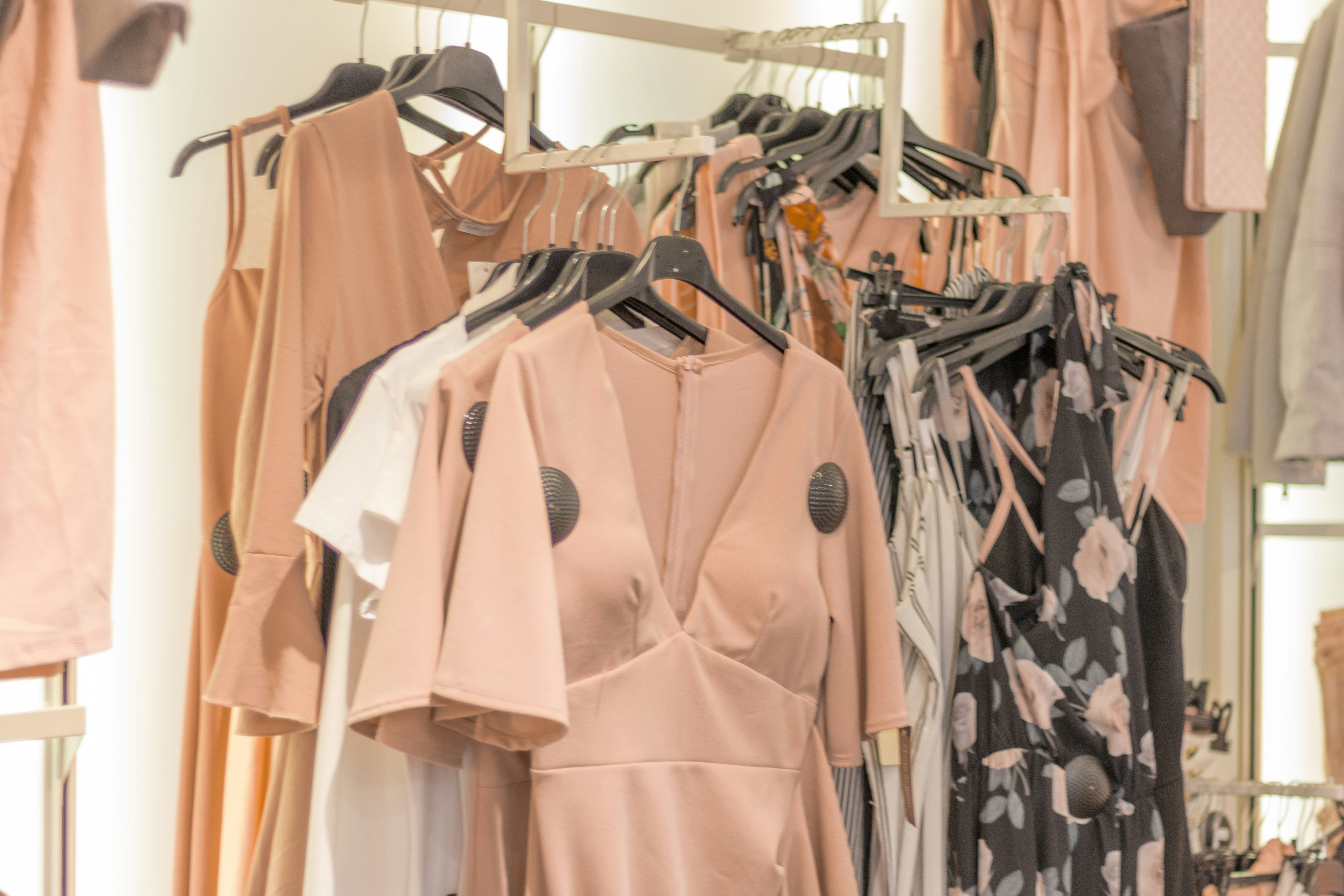A Beginner's Guide to Formal Clothes
Formal clothes include outfits people wear for special events, work, or important meetings. This article explains the different types of formal clothing, like suits, dresses, and ties. Learn how colors, patterns, and styles come together to create neat and polished looks for many occasions.

What Defines Formal Wear for Men
Formal wear for men centers around tailored suits, dress shirts, and polished accessories. The foundation starts with a well-fitted suit in classic colors like navy, charcoal, or black. Quality dress shirts in white or light blue complement most suit combinations, while silk ties add sophisticated finishing touches. Leather dress shoes, typically oxfords or brogues, complete the professional look. For evening formal events, tuxedos represent the highest level of men’s formal attire, featuring satin lapels and bow ties. Proper fit remains crucial - jackets should allow slight shirt cuff visibility, while trousers should break slightly over shoe tops without bunching.
Essential Formal Wear for Women
Formal wear for women offers more variety while maintaining professional elegance. Business suits with blazers and matching skirts or trousers provide classic foundation pieces. Blouses in neutral colors or subtle patterns work well under blazers, while quality fabrics like silk or cotton blends maintain professional appearance throughout long days. Closed-toe pumps with moderate heels remain workplace staples, offering comfort and sophistication. For formal events, cocktail dresses or evening gowns become appropriate choices, with length and style depending on specific occasions. Accessories like pearl jewelry, structured handbags, and light scarves can enhance outfits without overwhelming the overall professional image.
Understanding Business Formal Attire
Business formal attire represents the most conservative professional dress code, requiring polished, traditional clothing choices. Men should wear dark suits with conservative ties, pressed dress shirts, and leather dress shoes. Women’s business formal attire includes pantsuits or skirt suits in neutral colors, paired with conservative blouses and closed-toe shoes. This dress code typically applies to law firms, financial institutions, and formal business meetings. Colors should remain conservative - navy, black, gray, or brown work well, while bright colors or bold patterns may appear inappropriate. Grooming standards remain high, with neat hairstyles and minimal, professional makeup for women.
Popular Types of Formal Dresses
Types of formal dresses vary significantly based on occasion, time of day, and venue requirements. Cocktail dresses work well for semi-formal events, typically falling at knee length with elegant fabrics and modest necklines. Evening gowns suit formal dinners, galas, or black-tie events, featuring floor-length designs in luxurious materials like silk or chiffon. A-line dresses flatter various body types while maintaining professional appearance for business events. Sheath dresses offer streamlined silhouettes perfect for daytime formal occasions or office environments. Little black dresses provide versatile options that work for multiple formal situations with appropriate accessories. Consider venue, season, and specific dress code requirements when selecting formal dress styles.
How to Dress Formal Successfully
Learning how to dress formal involves understanding fit, color coordination, and appropriate accessories for different situations. Start with quality basics in neutral colors that mix and match easily, building a versatile formal wardrobe over time. Proper tailoring makes significant differences - invest in alterations to ensure clothes fit your body correctly. Pay attention to details like pressed clothing, polished shoes, and minimal jewelry that complements rather than distracts from your outfit. Consider the specific event or workplace culture when making choices, as formal requirements can vary between industries and occasions. Confidence plays a major role in wearing formal attire successfully, so choose pieces that make you feel comfortable and professional.
| Item Category | Men’s Options | Women’s Options | Price Range |
|---|---|---|---|
| Suits | Navy/Charcoal Business Suit | Pantsuit/Skirt Suit | $200-$800 |
| Shirts/Blouses | White/Blue Dress Shirts | Conservative Blouses | $30-$150 |
| Shoes | Oxford/Brogue Dress Shoes | Closed-toe Pumps | $80-$300 |
| Formal Evening | Tuxedo | Evening Gown/Cocktail Dress | $150-$600 |
| Accessories | Silk Ties/Cufflinks | Pearl Jewelry/Scarves | $25-$200 |
Prices, rates, or cost estimates mentioned in this article are based on the latest available information but may change over time. Independent research is advised before making financial decisions.
Building a formal wardrobe requires patience and strategic planning, focusing on quality pieces that serve multiple purposes. Start with essential items in neutral colors, then gradually add variety through accessories and seasonal pieces. Remember that proper fit and attention to detail matter more than expensive brands, and confidence in your appearance translates to success in professional and formal social situations.




